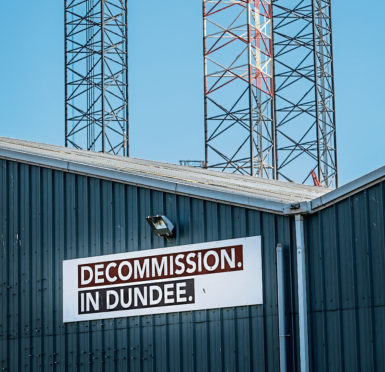The estimated cost of decommissioning the UKCS’s remaining oil and gas infrastructure is continuing to reduce, according to the latest analysis by the Oil and Gas Authority (OGA).
The ‘UKCS Decommissioning Cost Estimate 2019’ report, published today shows strong progress towards the shared objective of industry and government to reduce decommissioning costs by at least 35%.
Better capability and experience in the sector is providing greater certainty of actual UK decommissioning costs with several operators already achieving significant cost savings through adopting different approaches, learning and sharing with others, and challenging previous norms.
The supply chain is also bringing new solutions to the market in terms of pricing structures, business models and technology.
The report found that estimated decommissioning costs reduced to £51 billion in 2019, compared to £59.7bn in 2017 despite including more assets and infrastructure than the 2017 inventory.
The reduction has been primarily driven by continued improvement in planning and execution practices, leading to redcutions in the estimated running costs across a number of sectors.
These include, well plug and abandonment in the Northern North Sea (NNS) and Central North Sea (CNS), platform running costs in the NNS,platform and subsea infrastructure removals in the NNS and CNS, and reduced contingency associated with improved estimating definition.
The analysis also reveals that actual decommissioning expenditure in 2018 was reported to be £400million lower than estimated the previous year, which is around 90% actual total project cost reduction.
However, the report also warns that there “remain threats and uncertanties with the potential to increase costs” including a lack of investment in new technologies.
